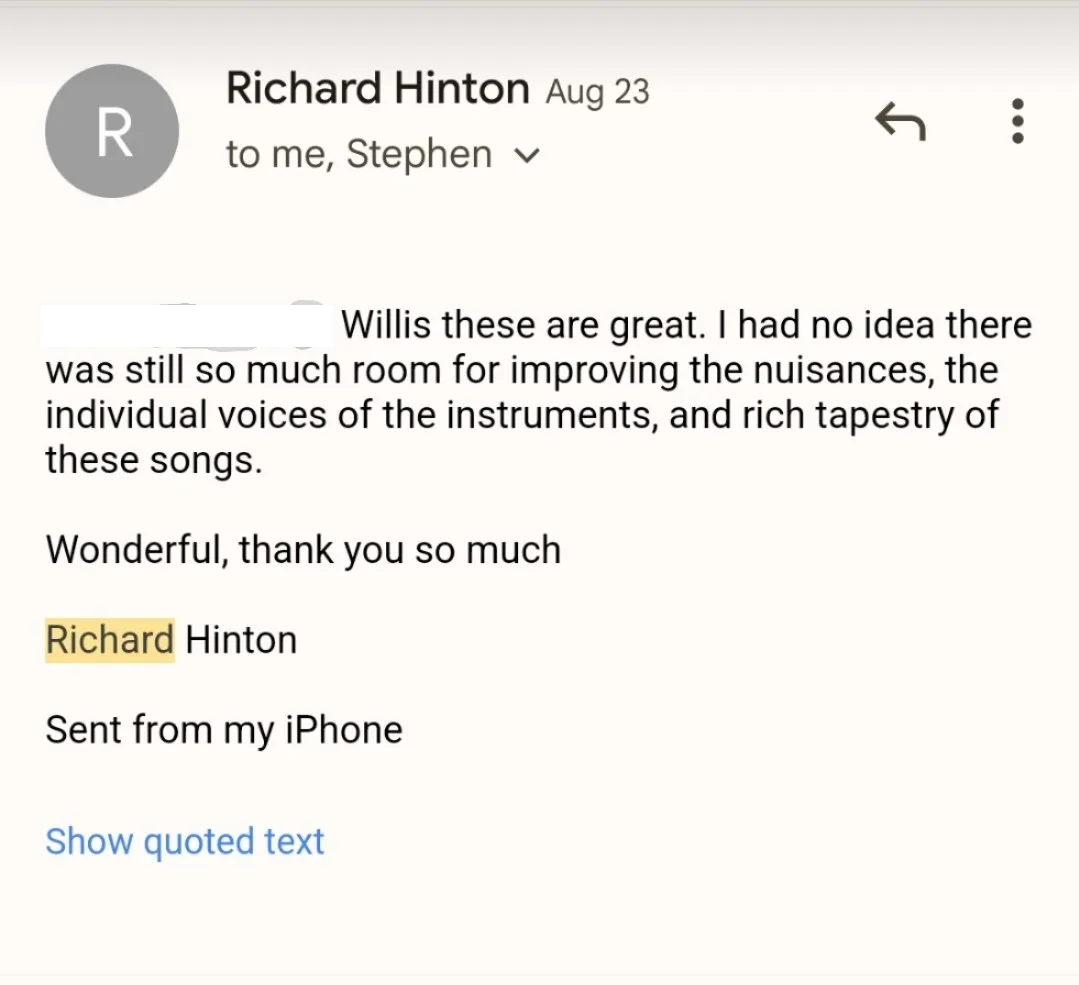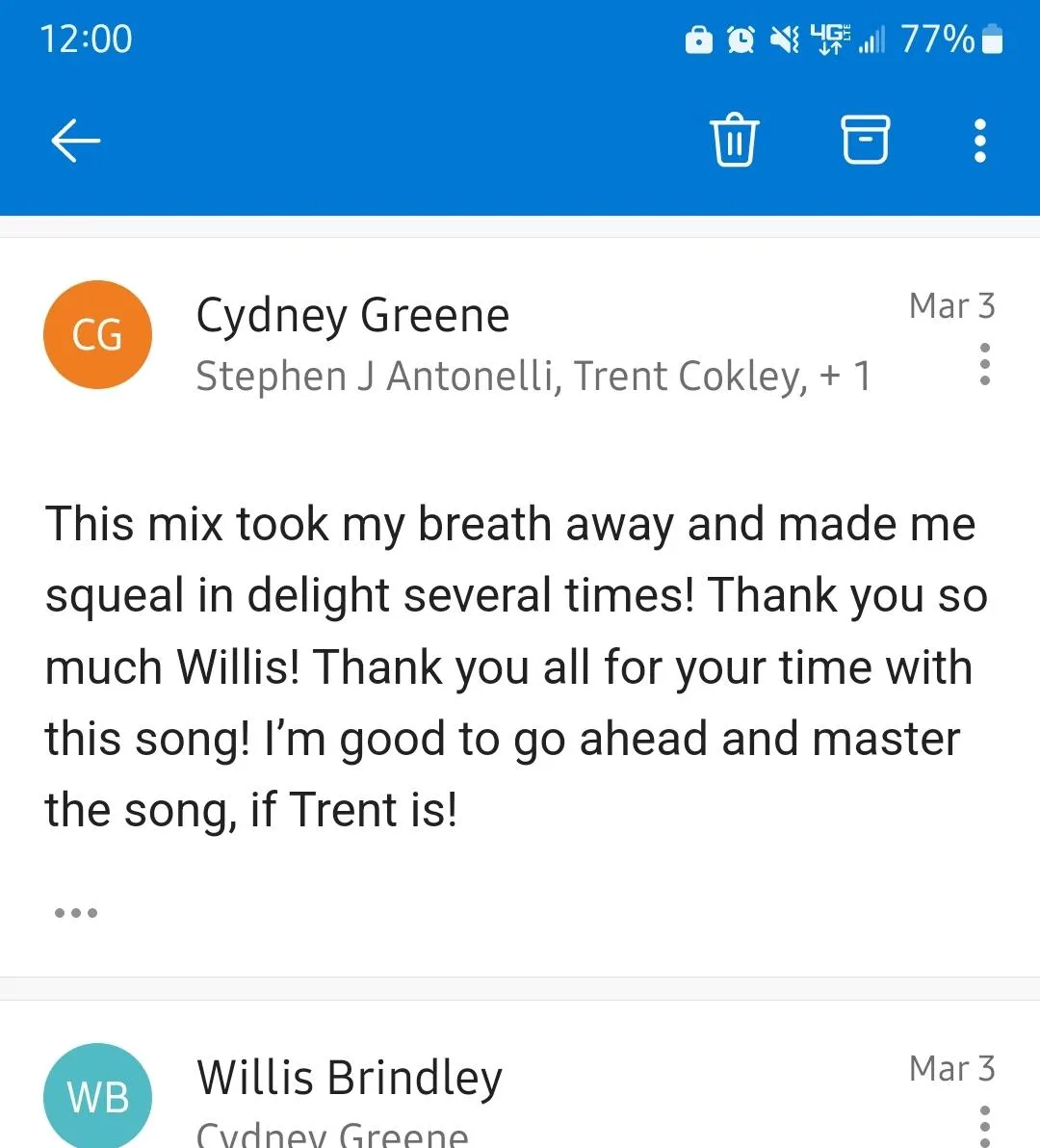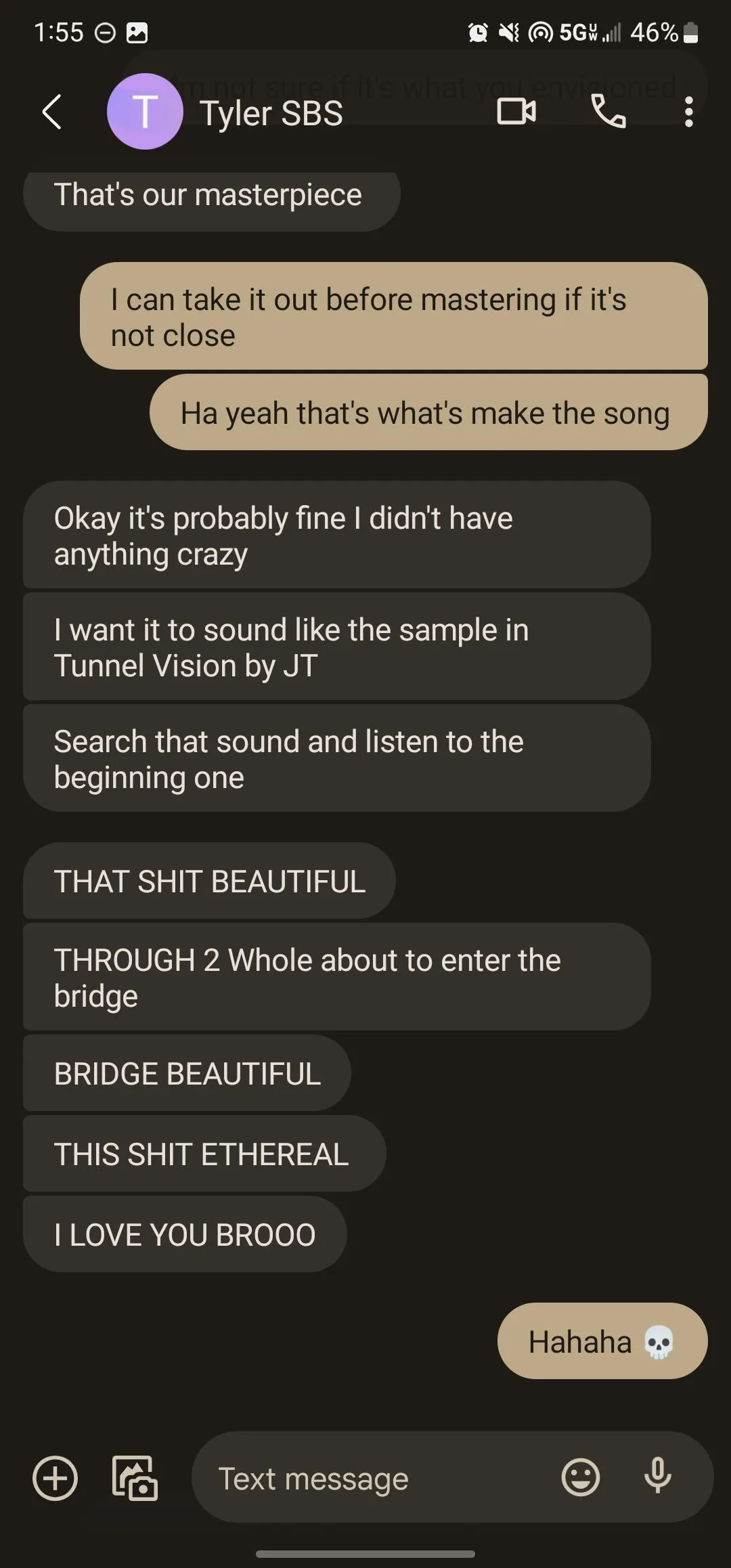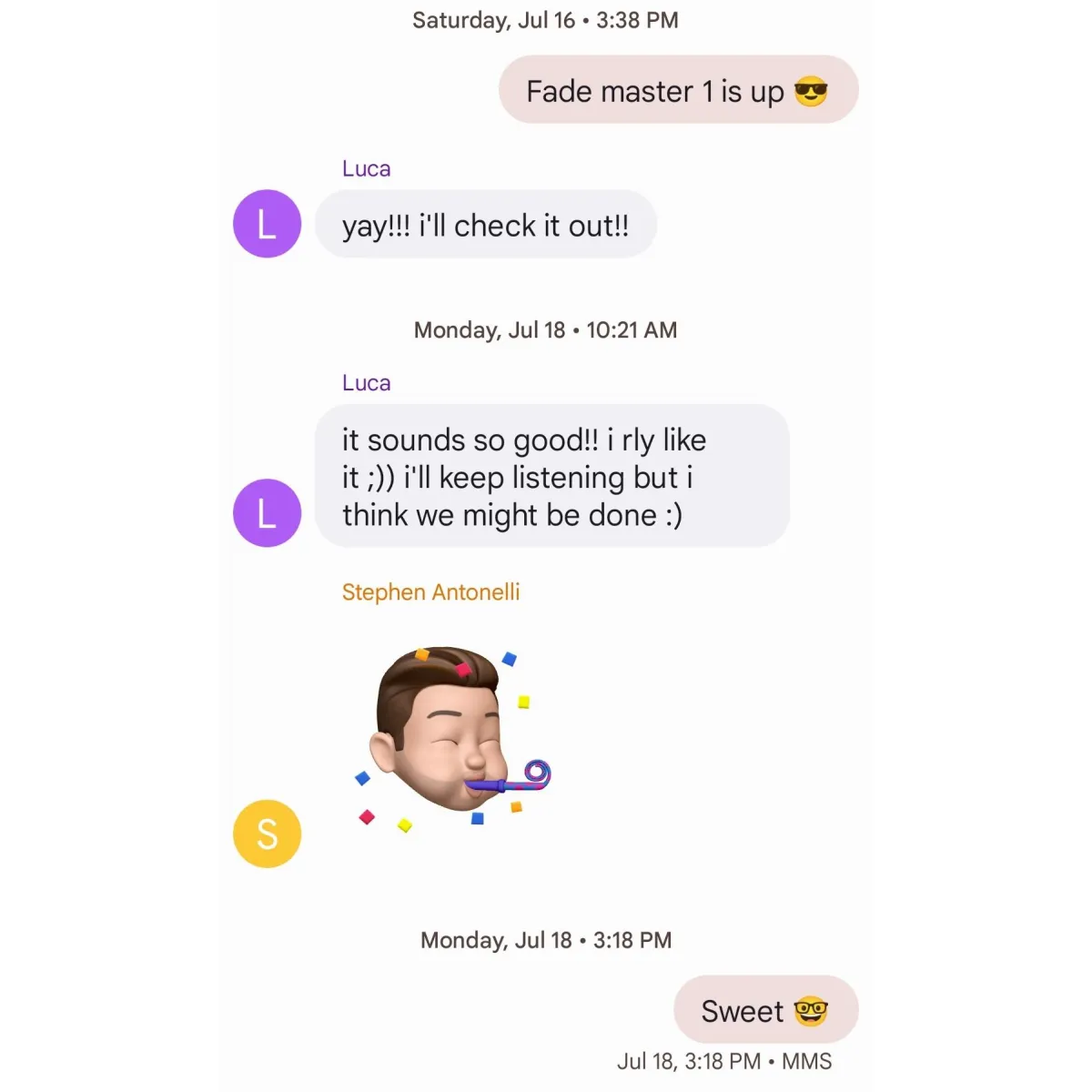Engineering
Sound
Engineering
Sound
Willis Brindley's Mix Engineering process
refined via a lifetime of sonic passion.

Willis Brindley's Mix Engineering process
developed via a lifetime of sonic passion.
Before you hit send...
Exporting Your Session
Pricing is stem-based. Stems are the recorded instrument and vocal tracks bounced into individual .WAV files. A song with 1 guitar track, 8 drum tracks, a bass, and a vocal would be 11 stems.
Bounce a rough mix of your project so I hear where you left off: songname-roughmix.mp3
Bounce all tracks as clearly labeled .wav files dry, with no EQ, Compression or Reverb processing on them (Modulation or Processing you deem integral to the sound can be left on): guitar.wav, vocal.wav, synthbass.wav
Organize them into an Instrument and Vocal folder - Vocal Stems, Instrument Stems
Upload your files to the Dropbox folder emailed to you after making an order
Sonic Alchemy
The Science and Art of Mixing a Song.

Step 1
Balancing
Gain staging and setting levels to around -18 dB RMS to ensure proper headroom and thresholds are triggered properly. Setting levels so the track has impact in choruses, a wide stereo image, and an awe-inspiring sound stage when listening on great systems.

Step 2
Equalization
Subtractive EQ for clarity without thinness or lightness. Dynamic EQ when necessary to dip harshness, mud, or boxiness without losing brightness & air, warmth, or richness. Additive EQ for for boosts in complementary frequencies that bring out the best qualities in your tracks.

Step 3
Compression
My favorite part of mixing, letting up enough on the attack for the snap of the kick to come through, squeezing down on the release to open up space for the next hit. Pulling down on the threshold to thicken the guitar lead running throughout just a touch, mixing is all about subtleties that build up over thousands of small decisions.

Step 4
Depth, Dimension, Space
This is where we decide on what space we put you in. By being mindful of the Room Reverb send to put all the instrumentation in the space room, chamber, hall, or dimension, Long Reverb sends for the right vibe and atmospherics, and Delay sends, we can create a sonic journey where all the different elements play off one another in a satisfying way. This is usually where the track starts to really come together, and instead of experiencing eustress from the mix, I'm now experiencing glimpses of ASMR-type responses to the work.

Step 5
Effects
If an instrument needs to be a little more present in any given frequency band, some tasteful saturation to bring it a bit more to the forefront. Modulation if movement is needed. De-Essing on overly-bright vocals, multiband compression, and exciters to liven vocals are common processes I'm doing.

Step 6
The Vocal Performance You Intended
Oftentimes singers are tasked with multiple roles, and by the time the song is written, bills are paid, and the studio is booked... these small pressures add up to result in needing to record multiple takes to capture the vocals the way they were written. I personally find that when I'm writing or improvising into a Voice Memos phone app I'll often have a more inspired performance than when I'm in front of a studio microphone. Because of this, it's often necessary to go through multiple vocal takes to pick the best phrases and parts, along with tuning them to create a master take of the vocal performance you initially intended.
Vocal comping and Melodyne tuning included

Step 7
Automation
A necessary evil, Automation. Making sure everything remains perceptible throughout the duration of the song, peaks are brought out, and lulls and brought down. Life and movement are given to strings and synths, filtering is applied for more interesting transitions.

Step 8
Purification
Final passes listening to the vocal bus and instrument bus soloed to make sure no clicks, pops, or noise makes it into the final mix. RX processing to remove hum and buzz. What we're left with is a song where the machine used to record it is as invisible as desired, and only synthesis, instruments, effects, and the human voice is left.
Editing included.

Master


Mix & Master


Production, Mix & Master


Mix & Master


Production, Mix & Master



© 2023. All Rights Reserved.
W

